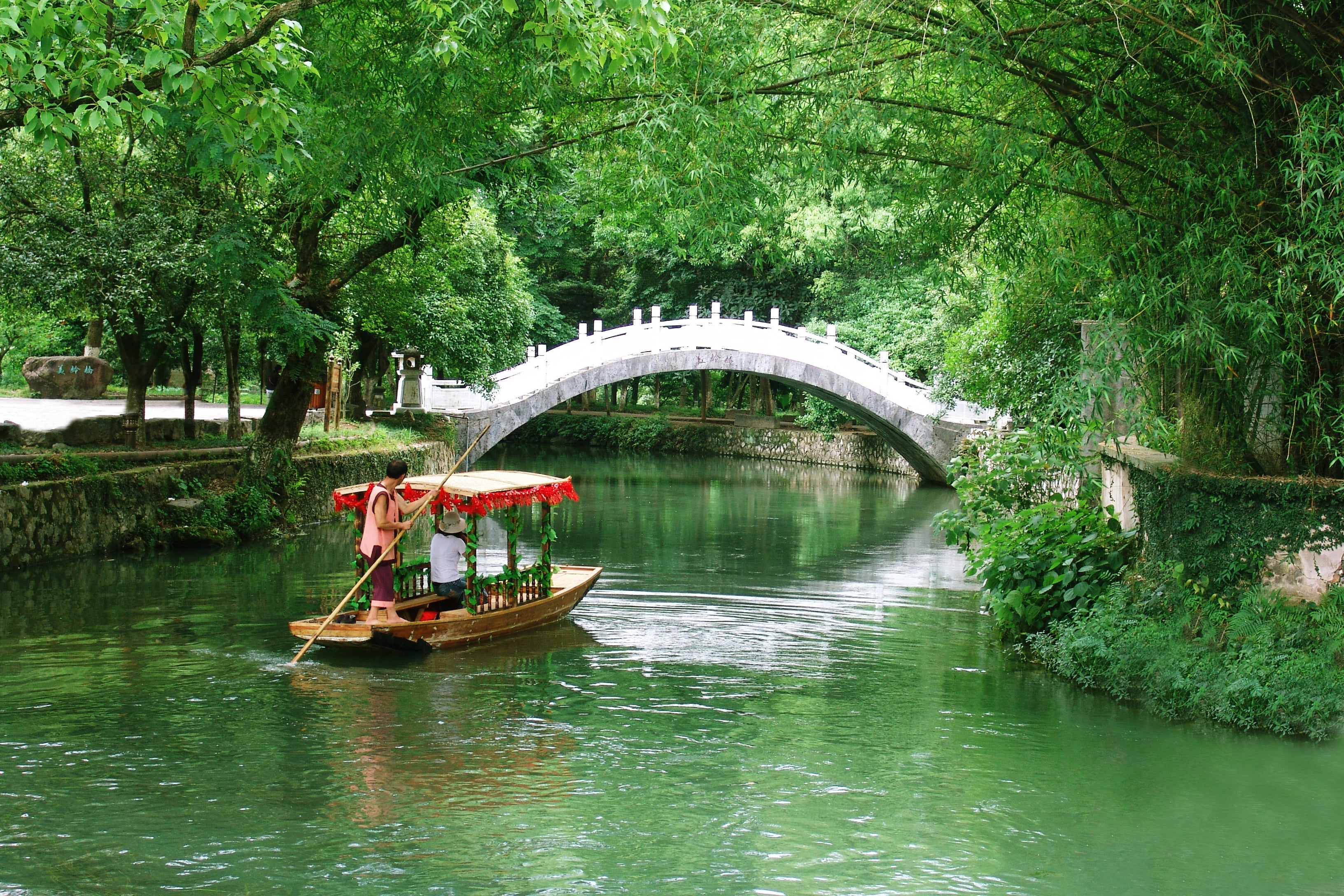In full flow
THE ARTICLES ON THESE PAGES ARE PRODUCED BY CHINA DAILY, WHICH TAKES SOLE RESPONSIBILITY FOR THE CONTENTS

Ask Ji Zhenyong to pick his favourite spot in town and he will point immediately to the weathered stone walkways next to the water’s edge.
“The canal is linked deeply to our history and heritage here, you can say it runs in our blood,” he said.
Ji, 54, is a resident of Xing’an county in Guilin, South China’s Guangxi Zhuang autonomous region. He is also the 17th generation of doujun — traditional weir and water lock sentinels charged with guarding and maintaining the Lingqu Canal, an ancient waterway built 2,200 years ago when the country was first unified.
“We’ve been so much a part of Lingqu, looking after it,” Ji said. “Of course, we don’t actually guard it now in modern times, but it’s still our role as responsible residents to help keep it flowing steadily and smoothly, through a healthy, clean and sustainable environment.”
Ji’s sense of duty reflects the latest efforts to preserve and promote Lingqu’s physical, cultural and social value — the man-made waterway is the first of its kind, a pioneering hydraulic, navigational feat stretching 22.6 miles through four major towns as it links the Xiang and Lijiang rivers and, by extension, the major Yangtze and Pearl river basins.
The International Commission on Irrigation and Drainage recognises Lingqu Canal as a World Heritage Irrigation Structure, “an exquisite illustration of Chinese technical and engineering capabilities ... helping the economic and social development of rural areas”.
Lingqu is also on the UNESCO World Heritage tentative list, being considered for nomination as a site of outstanding universal value.
According to the UNESCO citation, the canal is lauded as a model of early canals that reflects the “Asian hydraulic and navigation technology of ancient civilisation”. It “integrates navigation, irrigation and flood control functions and is an outstanding example of comprehensive, sustainable and effective use of natural resources in traditional Chinese agricultural society”, helping to maintain stability in the south of a unified country.

Today, the Lingqu Canal “stands as an important cultural heritage and a multifunctional hydraulic project serving irrigation, flood control, water supply and tourism”, altogether offering a successful blend of tradition and innovation ranging from trade to tourism.
“Following the unification of ancient China under the Qin Dynasty (221-206 BC), Qinshihuang, the era’s first ruler, set about building a waterway for grain transport that would help sustain his armies heading south, with the project completed in 214 BC,” said Chen Xinghua, honourary president of the Lingqu research association.
This vital link known subsequently as the Lingqu Canal became a benchmark for flood control and irrigation, he said.
“Lingqu connected China’s central plains with its south, playing a major role in cultural and material exchanges between China and overseas. It connected the hinterland with the southern ports and, as such, the ancient Maritime Silk Road.
“For example, figurines of foreigners in the Han (206 BC-220) and Tang (618-907) dynasties were successively found on the banks of Lingqu. They are the products of cultural exchanges between China and the West,” Chen said.
Protecting Lingqu’s rich legacy for everyone includes its structures, surrounding environment and water quality, said Bi Huangwen, a local official.
“We will strengthen the environment along the canal, maintain and restore its scenic spots and cultural relics and uphold high water quality, all adhering to international standards,” he said.
Inland Waterways International’s president Rudy Van der Ween announced in late October that Guilin and its Lingqu museum would host the 2026 World Canals Conference.
“A World Canals Conference is the opportunity to bring together hundreds of canal enthusiasts, professionals and scholars from around the world, to exchange good practices on canals, including the protection of historic canals or features, revitalisation of canal systems, harbour sites, canal trails and amenities; the presentation or interpretation of canals and corridors — their history and various elements; canals as a means to promote tourism, spur economic development and urban renewal,” he said.
Subscribe to Independent Premium to bookmark this article
Want to bookmark your favourite articles and stories to read or reference later? Start your Independent Premium subscription today.
